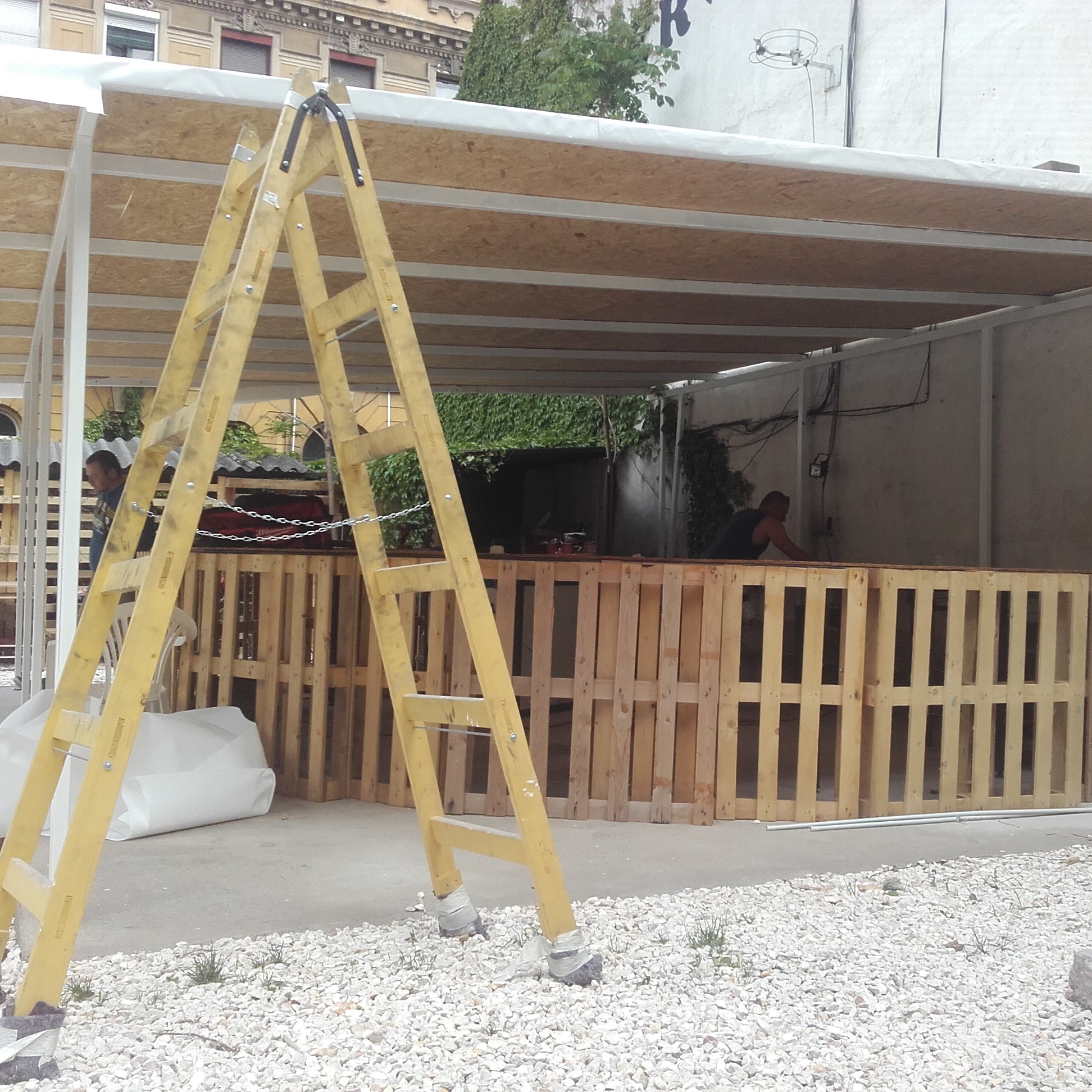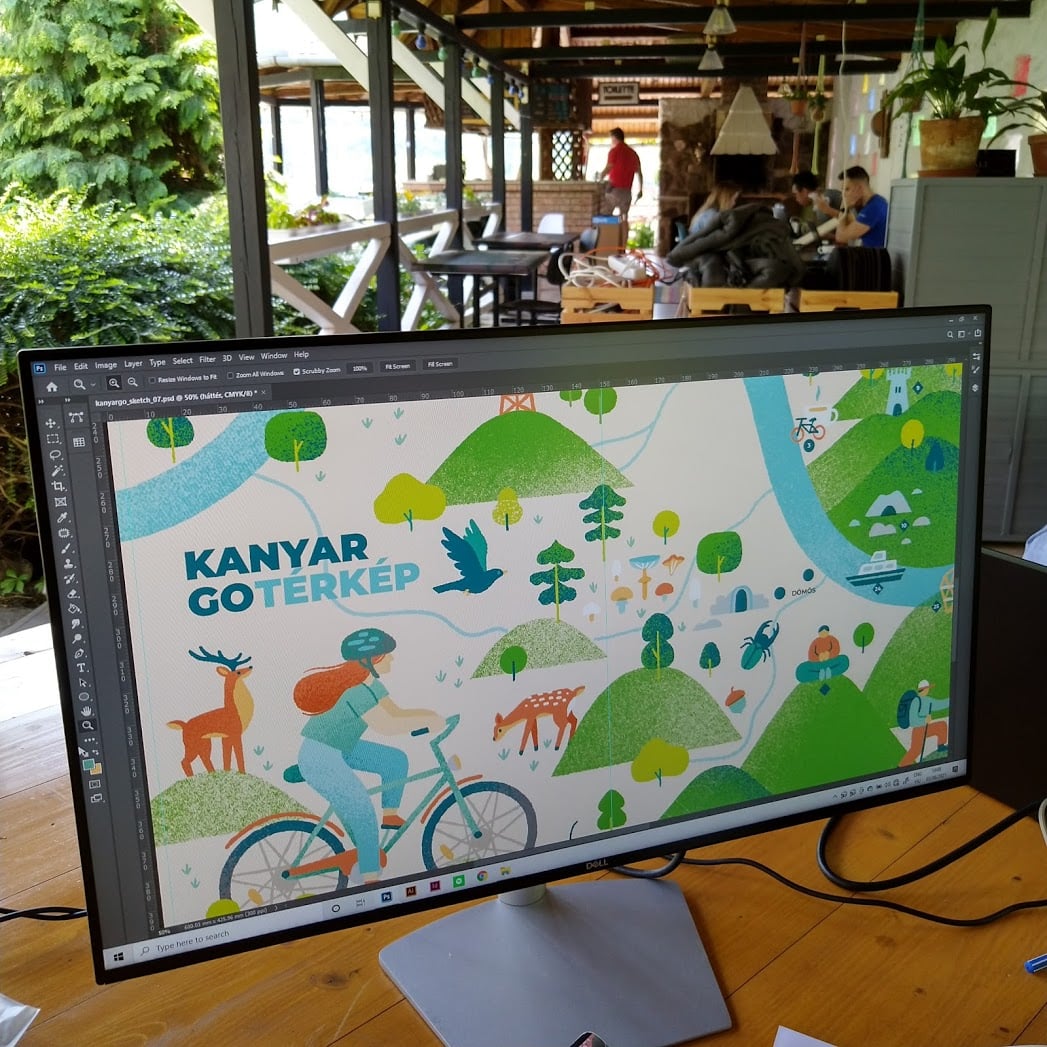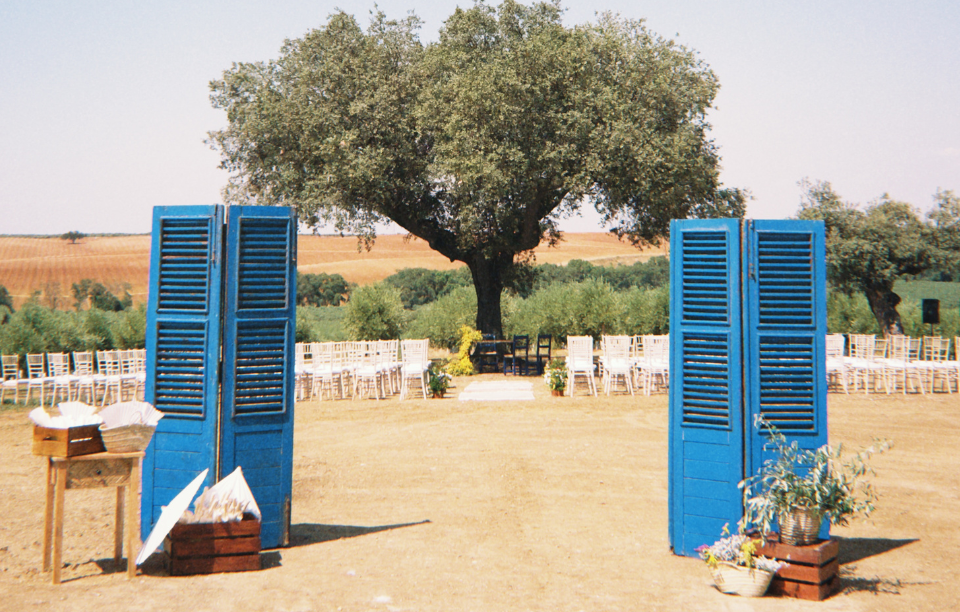
Welcome to My Website and Blog
2025. January 17.For as long as I can remember, I’ve been drawn to grassroots initiatives. There’s something deeply inspiring about people coming together to address urgent social issues, often without the security of funding or the comfort of a safety net. These efforts are built on passion, dedication, and an unquestionable drive to make things better. And yet, this passion comes with its own set of challenges—challenges I’ve witnessed and experienced firsthand.
The question that has always stayed in my mind is this: How can these projects become sustainable? It’s one thing to make an impact for a moment, but how do you sustain it when funding is limited, resources are stretched thin, and every step forward feels like an uphill climb?
Living Without a Safety Net
One of the hardest lessons I’ve learned from working in grassroots spaces is how much weight we carry simply because we lack the stability and support that larger organizations or businesses take for granted. Starting something from zero—without a financial cushion or established network—forces you to make tough decisions every step of the way.
You learn the true meaning of risk—not just the calculated risks businesses discuss in boardrooms, but the kind that determines whether a project will survive another month.
You develop an instinct for distinguishing necessary risks from reckless ones because failure isn’t a painful possibility for the ego—it’s the loss of everything you’ve built.
This experience has shaped the way I see money, business, and sustainability. It’s taught me to value every contribution, stretch every resource, and think creatively to achieve goals. These aren’t just survival skills—they’re lessons in resilience and resourcefulness that the business world could learn from.

The Divide Between Grassroots and Big Companies
There’s a gap—a deep divide—between grassroots initiatives and the business world. Grassroots projects are driven by purpose, creativity, and care, while businesses are structured around efficiency, stability, and profit. These differences have made collaboration between the two worlds rare, even when they could benefit so much from each other.
To be fair, I have seen examples of for-profit companies genuinely dedicating themselves to meaningful and impactful missions. However, it’s far less common to see the reverse—grassroots organizations achieving a stable and sustainable level of operational conditions. They continue to face significant challenges in simply maintaining their day-to-day activities.
This mindset needs to change. The extra work, care, and passion that grassroots professionals bring to their roles are unmeasurable. And these are precisely the qualities businesses need but often struggle to find in disengaged or robotic workforces.


Pallet furniture serves as an affordable and practical solution for a bar managed by a creative, hardworking team with limited funding.
The Reality of Grants
Grants are often seen as the lifeline for grassroots initiatives, but the reality is far more complex. While public funding and grant programs exist, they are rarely structured to support smaller projects or emerging organizations effectively. The application process itself is time-consuming and resource-intensive, requiring detailed proposals, plans, and administrative capacity that many grassroots volunteer teams simply don’t have.
Even when grants are awarded, the funding is typically distributed after the project is implemented, leaving smaller organizations to scramble for upfront costs. This creates a vicious cycle: grassroots initiatives need funding to start a project, but they can’t access that funding until the project is complete.
Moreover, grants are often allocated based on popularity or the size of the organization rather than the direct impact of the project. This system tends to favor larger, well-established NGOs with extensive networks and reputations, leaving smaller, highly impactful initiatives to compete for scraps.
This imbalance is frustrating because it often overlooks the heart of what makes grassroots projects so powerful: their ability to address urgent, localized needs with creativity and efficiency. By the time a grassroots team has navigated the complex grant system, they’ve often spent more energy trying to secure funding than on fulfilling their mission.
Grants alone aren’t the solution. While they provide critical support, they need to be reimagined to better serve the people and organizations working on the ground.


Why Businesses Should Work with Grassroots Professionals
If there’s one thing grassroots professionals understand, it’s how to build something from nothing. We know how to manage limited resources, navigate risks, and adapt to constant uncertainty. These are skills born from necessity, but they are incredibly valuable in any context.
For businesses, partnering with grassroots organizations and individuals isn’t just a way to “give back” or boost their reputation—it’s an opportunity to bring resilience, creativity, and dedication into their own operations.
These professionals don’t just work for a paycheck; they work with purpose. And when that purpose aligns with the goals of a company, the results can be transformative.
But for these collaborations to succeed, they must be built on mutual respect and shared values. Businesses need to see grassroots professionals not as charity cases but as partners—people who bring unique insights and skills that can drive innovation and impact.
An Open Call to Action
This isn’t a problem with an easy solution, but it’s a conversation worth starting. Money has taken on far too much power in our lives, dictating priorities and maintaining inequalities. It’s time to push back—not by overturning the system entirely, but by redistributing resources to the places that need them most.
Imagine a world where grassroots passion and big business resources come together to create meaningful, lasting change. It’s not just a dream—it’s something we can work toward, step by step, decision by decision.
For me, this journey has been about learning, growing, and recognizing the value of what we bring to the table, even when the odds are against us. I hope more people—whether from the grassroots or the business world—will see the potential in working together and recognize how we compliment each other as a unit. Because when we bridge this divide, we don’t just makes thing happen—we sustain resilience and hope.
We must have an optimistic outlook for the future and we must work for it to happen.





